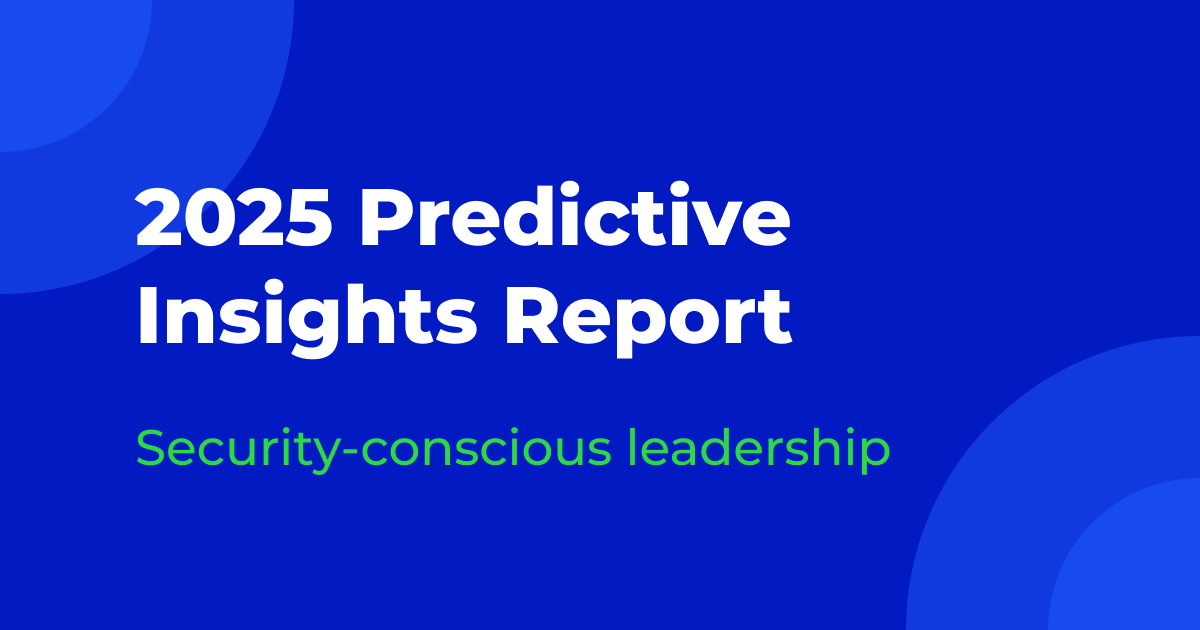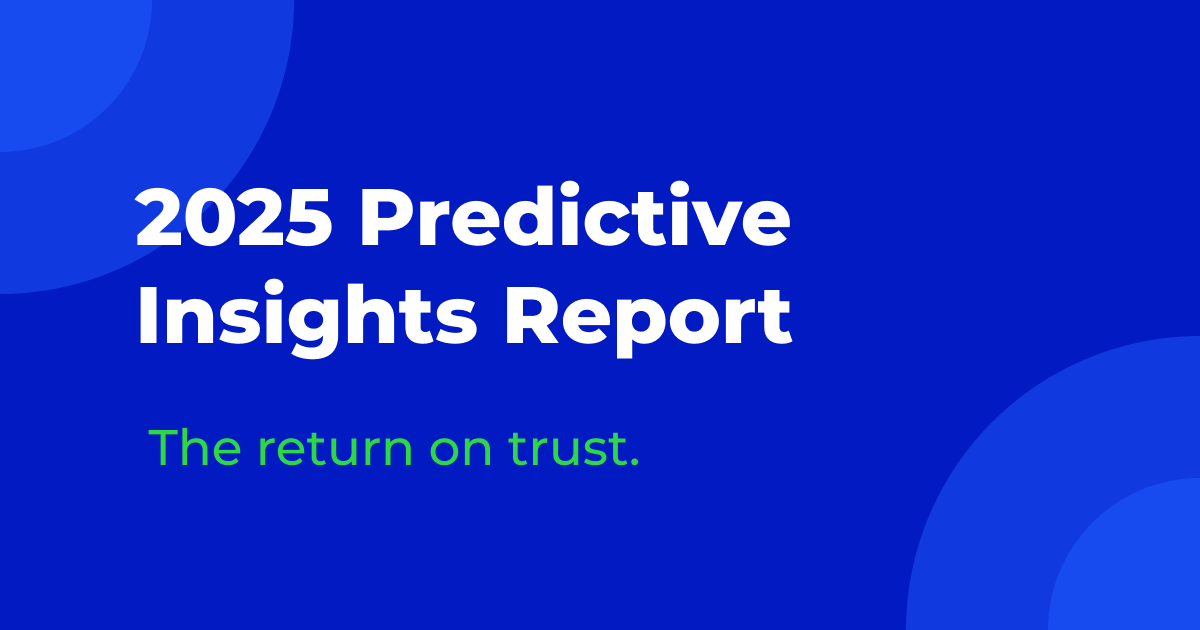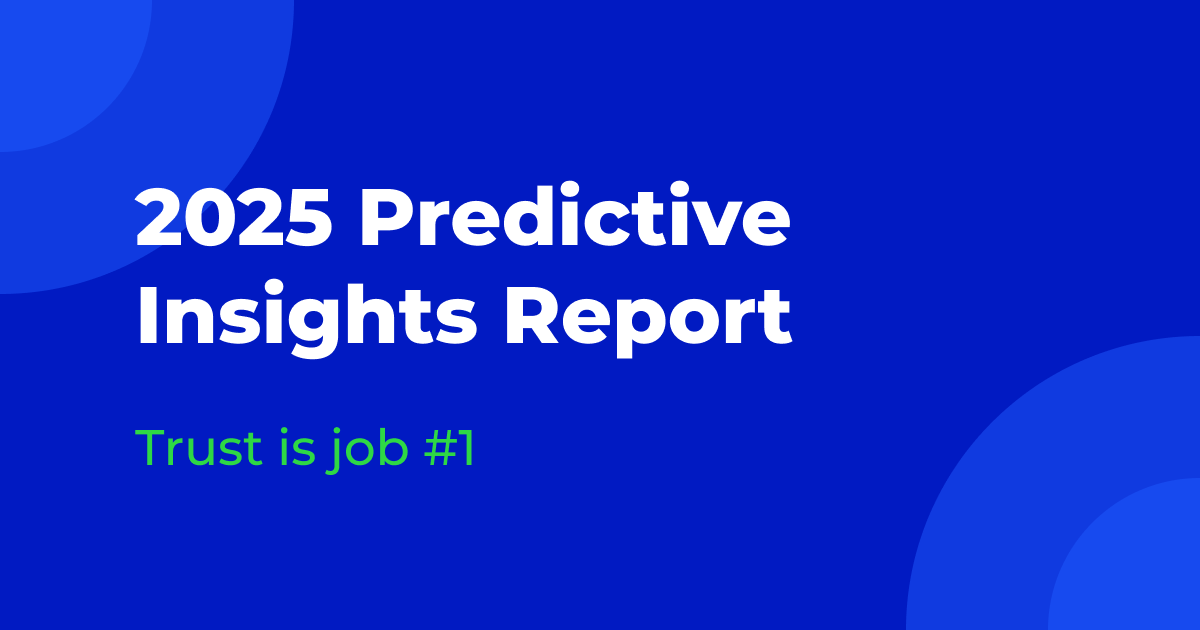
As digital fraud becomes more sophisticated and AI accelerates the speed and scale of threats, companies must adopt a new mindset. Security is not simply an IT function; it’s a leadership responsibility.
The Telesign 2025 Predictive Insights Report sheds light on a critical shift happening in boardrooms and workrooms across industries: the rise of security-conscious leadership. Organizations are increasingly recognizing that embedding security into every layer of their business isn’t optional—it’s essential for long-term resilience and trust
Table of Contents
Elevating cyber risk awareness in leadership
Seventy percent of executives now rank cybersecurity among their top concerns, a number that places digital threats above even customer experience and digital transformation in terms of business impact. This figure underscores a dramatic shift in priorities, driven by high-profile breaches and the increasing complexity of digital ecosystems.
As a result, the role of the Chief Information Security Officer (CISO) is evolving. In forward-looking companies, more CISOs are reporting directly to the CEO—signaling that cyber risk is now seen as a business-critical issue, not just a tech problem. This change in reporting structure reflects a broader movement to elevate cybersecurity to the strategic level it demands.
Building a security-conscious culture
A security-first mindset starts at the top—but to be truly effective, it must be embedded into company culture. It requires a cultural shift—one that transforms how employees think, act, and respond to cyber threats daily. The report highlights businesses’ plans to increase their investment in employee cybersecurity education.
Rather than relying solely on one-time training sessions, companies are embracing in-the-moment learning—real-time interventions that educate employees at the point of risk or failure. These proactive, continuous learning methods turn slip-ups into teachable moments, help reinforce good habits and encourage accountability across all departments. Well-informed teams are one of the strongest defenses against digital fraud.
Making security part of the brand promise
Customers now expect brands to deliver not only great experiences, but also secure ones. Digital fraud has blurred the line between product quality and data protection. As a result, security is becoming an essential part of brand value—and a key factor in loyalty. Businesses that integrate security into their design thinking and user experience not only reduce fraud risk—they also build brand trust.
To stand out, forward-looking organizations are integrating trust into every digital touchpoint. Whether it’s through verified messaging, robust authentication, or proactive fraud detection, the goal is the same: ensure users can trust that every interaction is real.
Why this shift matters
The companies that will lead in 2025 and beyond are those that treat cybersecurity as a leadership function, a cultural pillar, and a customer promise—not just an IT investment. Security-conscious leadership is more than a response to risk—it’s a strategy for resilience, customer loyalty, and sustainable growth.
Want more insight into how top companies are preparing for the future of digital trust? Read the full Telesign 2025 Predictive Insights Report.


